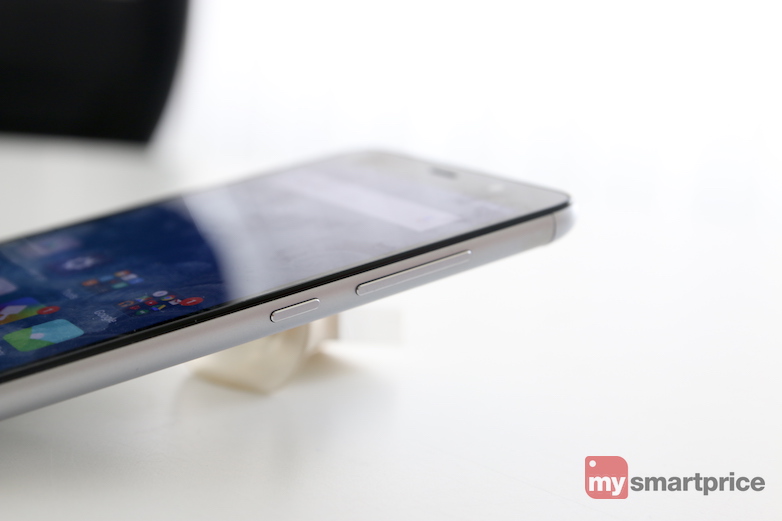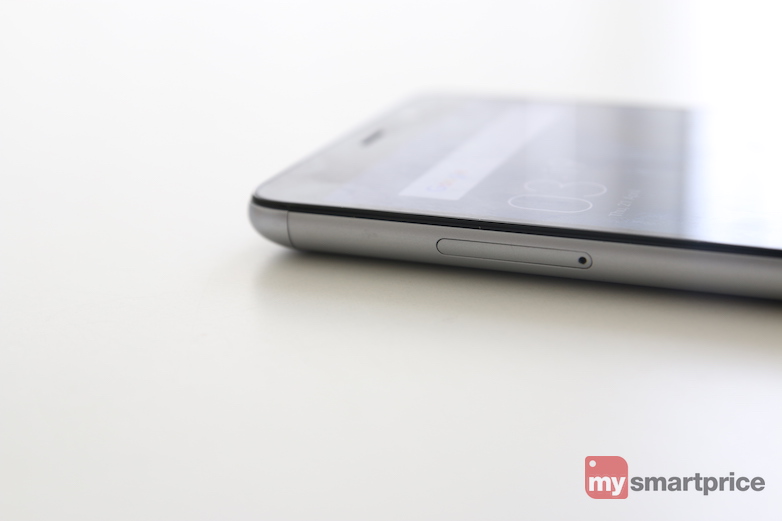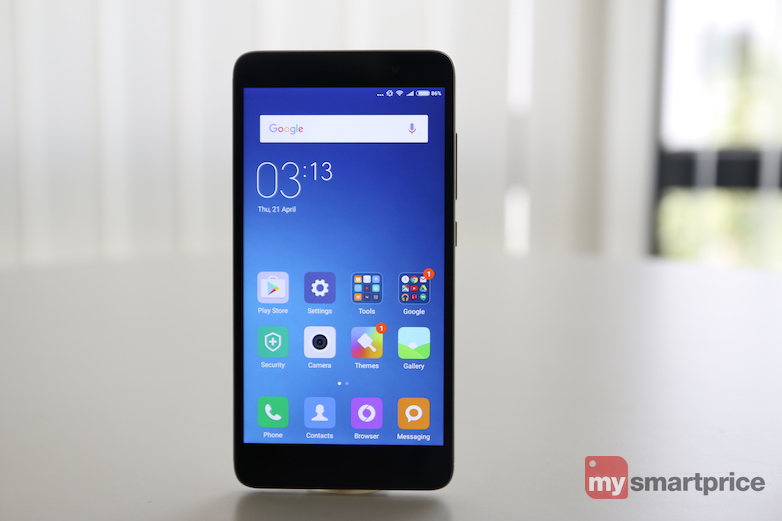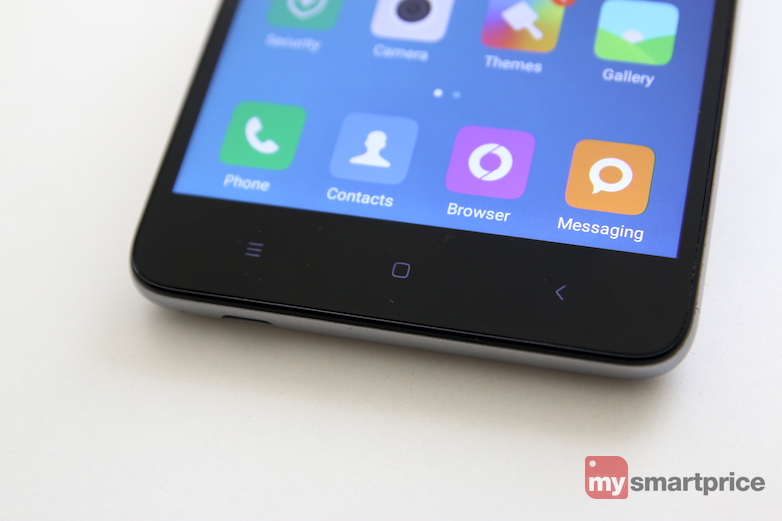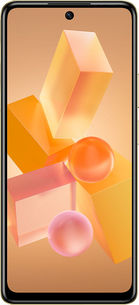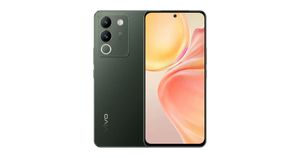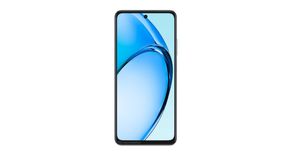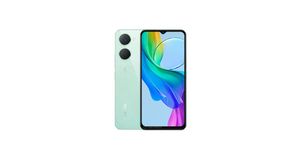
The budget phablet category has seen the influx of some stellar devices in recent times like the Coolpad Note 3, the LeEco Le 1S, the Honor 5X, and the Lenovo Vibe K4 Note. These devices offer competent hardware at a great bargain, which one simply cannot resist. These smartphones perform so well that you would be forgiven if you were to draw a comparison to high end phones. Not one to lose out in the competition, Xiaomi launched an upgrade to its Redmi Note series in order to compete with these devices.
The latest budget phablet from Xiaomi is called the Redmi Note 3. It has an all-metal body, just like the Honor 5X and the LeEco Le 1S. It also includes some really good hardware under the hood, and doesn’t cost a lot. This makes the Xiaomi Redmi Note 3 a very interesting proposition for a bulk of the smartphone buyers in India. We used it for more than a week and here are our thoughts on the phone.
The Redmi Note 3 looks and feels better than what you’d expect at its price
At first glance, the device looks like any other candy bar smartphone, but thanks to the use of metal in its construction, the Redmi Note 3 does look premium, especially considering its price. However, we think its closest competitor, the LeEco Le 1S looks much better. Moreover, the two strips of plastic on the top and the bottom edges of the phone on the rear take away from an otherwise cohesive design. These strips are essential though, considering the fact that cellular network signals can reach the antenna only through the use of plastic.
That said, the fact that Xiaomi managed to keep the thickness of the Redmi Note 3 to a conservative 8.7mm, despite packing in a large 4000mAh battery, speaks a lot about the company’s engineering chops. Also, the sides of the phone are gently curved, which helps with the grip. These curves also give off the feeling that the phone is actually slimmer than its actual 8.7mm thickness.
The fact that Xiaomi managed to keep the thickness of the Redmi Note 3 to a conservative 8.7mm, despite packing in a large 4000mAh battery, speaks a lot about the company’s engineering chops.
The power button and the volume rocker are placed on the right edge of the phone. Unfortunately, these buttons sit flush with the edge and therefore the tactile feedback doesn’t feel great. It feels mushy to press the buttons. We have a feeling that these buttons won’t stand the test of time. The SIM card tray accommodates two SIM cards (Micro/Nano) and the second SIM card slot also doubles up as the microSD card slot. We are not fans of this setup, but we’ll take what we get.
The fingerprint scanner is conveniently placed below the camera and the dual-LED flash module on the rear. The speaker grille sits at the bottom of the rear. The problem with such placement is that the sound gets muffled very easily when held in landscape orientation because, invariably, you end up placing your fingers on the speaker. The Micro-USB port sits at the bottom, and the 3.5mm jack and Infrared port are present at the top.
A large 5.5-inch Full-HD (1080p) IPS LCD panel takes up approximately 24.7 percent of the front facia. The display is crisp, as expected, and the colour saturation is just about right. On the other hand though, the brightness levels of the screen are not great and therefore the sunlight legibility is not too good, either. The viewing angles are pretty decent, though. Xiaomi uses a layout of capacitive buttons below the screen for navigating through the operating system. These buttons are backlit, albeit a little too dimly.
Feature-packed MIUI 7 is iffy on the Redmi Note 3
We believe that the software can make or break the user experience. The Redmi Note 3 runs MIUI 7, which is the latest version of Xiaomi’s homegrown UI, on top of Android. Unfortunately, MIUI 7 displays bouts of erratic behaviour that actually takes away from the smooth experience of using the phone. For example, there were times when opening multiple apps would cause the phone to pop up a ‘just a sec’ sign until it actually performed the function. On several occasions, we noticed that the phone would randomly register touch responses and open multiple apps at once. Moreover, we faced a weird error where the camera app would not open despite making multiple attempts. In fact, we had to restart the phone to get the app to actually open. So much for stability.

The UI doesn’t include an app drawer, so all the apps are placed on the homescreen. Xiaomi also includes a smattering of third-party apps like Mi Account and Updater. Mi Account is a cloud sync solution and Updater automatically searches for a software update. There are other apps as well such asScanner (QR Code scanner), Mi Remote (Remote that uses infrared port), and a File Explorer. Most of these are installed at the system level and cannot be uninstalled.
On several occasions, we noticed that the phone would randomly register touch responses and open multiple apps at once.
Despite its shortcomings, the UI also has some high points. There are customisations aplenty which is a haven for tinkerers. Also, the software has a few deft touches such as: a Copy OTP (One Time Password) button below a text message, system-wide font sizes, and an elaborate settings option for the notifications panel. Apart from the numerous fun themes that it offers, you can set the wallpaper to change at regular intervals. Quite evidently, Xiaomi has taken advice from its forum users. While a good set of features has been added to the UI, there is still a long way to go until it is optimised for stability.
Can it run Asphalt 8 without stutter?
The Xiaomi Redmi Note 3 has a Snapdragon 650 SoC under the hood. This SoC includes an octa-core processor and the Adreno 510 GPU. For its asking price, the SoC inside the Redmi Note 3 is pretty powerful. This is evident from the benchmark numbers. The Redmi Note 3 scored 77,716 points in AnTuTu benchmark, which is really, really good.
As far as gaming is concerned, the Redmi Note 3 runs all the games we threw at it. From graphically-taxing games like the Asphalt 8 to the casual Temple Run, the phone blazes through them all with nary a lag or stutter.
The phone handles all the videos including our 4K .mkv file without any hiccup. The speaker is adequately loud and the music through our reference headphones sounded good. Note that Xiaomi doesn’t bundle any earphones with the phone.
Can the cameras take good pictures?
The main camera on the Redmi Note 3 is a 16-megapixel unit with an F2.0 aperture. Xiaomi has also added a phase detection autofocus (PDAF) for good measure. While the specifications look good on paper, the real life pictures are usable only when shot in daylight; low-light images, on the other hand, are not.
(For full-size image click here)
The camera easily focusses on the subject and it does it fairly fast too. The resulting images contain a good amount of details and the colour saturation is pretty decent too. We didn’t notice any chromatic aberration or barrel distortion either, which is a good thing. That said, the images shot even in slightly dim conditions, like indoors, are hazy and some details are also lost in the process.
While the specifications look good on paper, the real life pictures are usable only when shot in daylight; low-light images, on the other hand, are not.
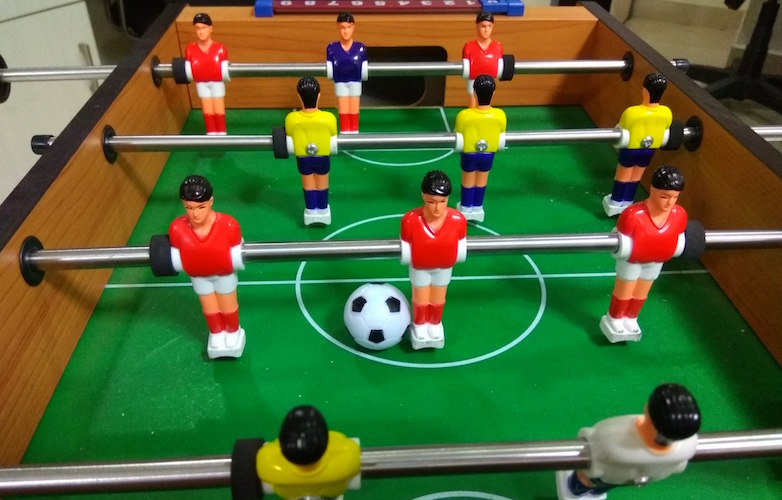
(For full-size image click here)
The 5-megapixel front-facing camera is a decent shooter and it too captures a good amount of details. Selfies are bound to look good. We also captured a test video in 1080p resolution and 30fps. Our test footage had a few areas where, at times, the corners were underexposed. However, there were no framing issues as such.

(For full-size image click here)
The battery lasts long, really long
There is a large 4000mAh battery inside the Xiaomi Redmi Note 3.
This large capacity battery can last you for two days with moderate use. We are heavy users and our tasks can stress a battery to its limits, and yet the battery managed to last us a little more than a day. During this time we: played some games for an hour, made approximately two and a half hours’ worth of calls, listened to half an hour of music and watched a few videos for approximately the same amount of time, and texted away to glory on Telegram and Whatsapp.
We used the phone with a combination of 4G (30 percent of the time) and Wi-Fi (70 percent of the time). However, our only grouse is that while Qualcomm’s Quick Charge feature is present on the Redmi Note 3, it doesn’t really charge as fast as we expected it to. The device took almost two hours to charge the phone from zero to 100. But, this is a small tradeoff that you have to pay for the larger battery size.
We are heavy users and our tasks can stress a battery to its limits, and yet the battery managed to last us a little more than a day.
Most importantly, can it make phone calls without call drops?
Actually, the Redmi Note 3 suffers slightly in this department. The earpiece is smaller than usual and therefore the sound is also not very clear. Moreover, a couple of times the person on the other end complained that our voice was not audible. Thankfully, we never faced a single call drop.
Should you buy it?
Yes, but that is if you can actually get around to buying one.
The Redmi Note 3 is currently being sold only through flash sales on mi.com and amazon.in (at the time of publishing this review). Let’s say that in a rare feat, you actually manage to snag a phone, you might eventually land up with the variant of the phone which has 2GB of RAM and 16GB of storage space. Because, if the chatter on social media is to be believed, the 3GB variant of the Redmi Note 3 is almost an illusion. Essentially, Xiaomi has low stocks of the 3GB variant of the phone but the company is ramping up on productions of the same.
Having said that, we believe that the Xiaomi Redmi Note 3 is a good phone, except for the laggy performance of MIUI. And since software is something that can be fixed with regular updates, the Redmi Note 3 is a decent investment for a first time smartphone buyer. That said, it has enough grunt to push through processor-intensive tasks and at the same time lasts for more than a day on a single charge, without breaking a sweat. What more could one really ask for Rs. 9,999?

